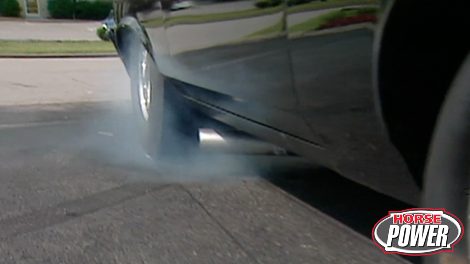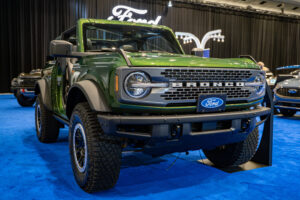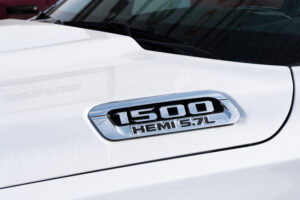
Nova Exhaust
We make several improvements to our '69 Super Nova, including installing new exhaust, oil accumulator, and roll control kit, bringing us closer to having it race-ready.
Season 8
Episode 20






























